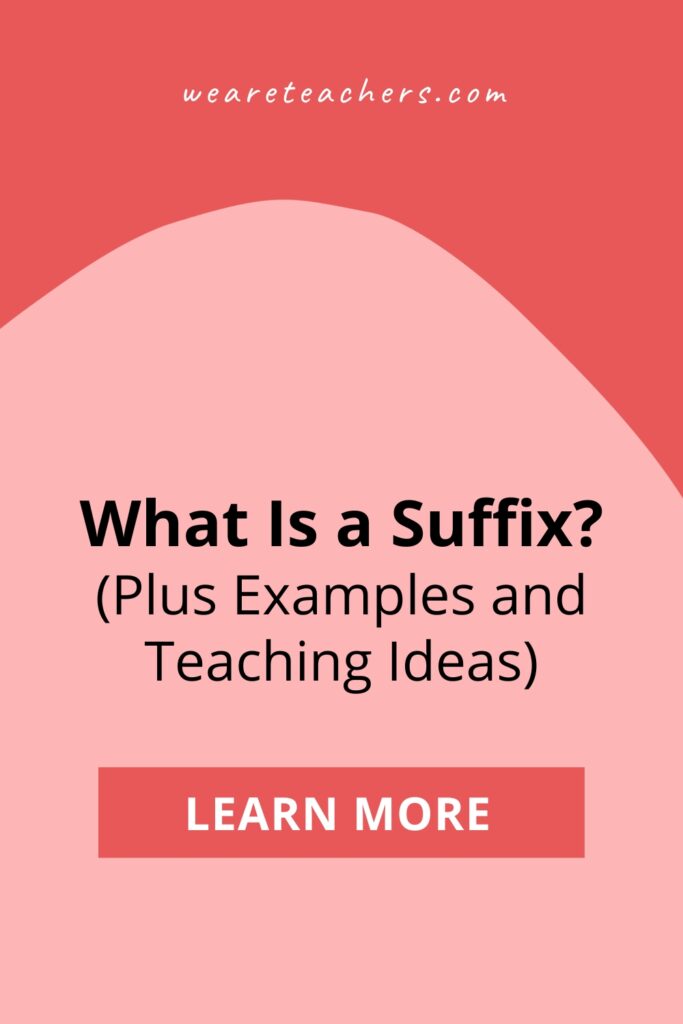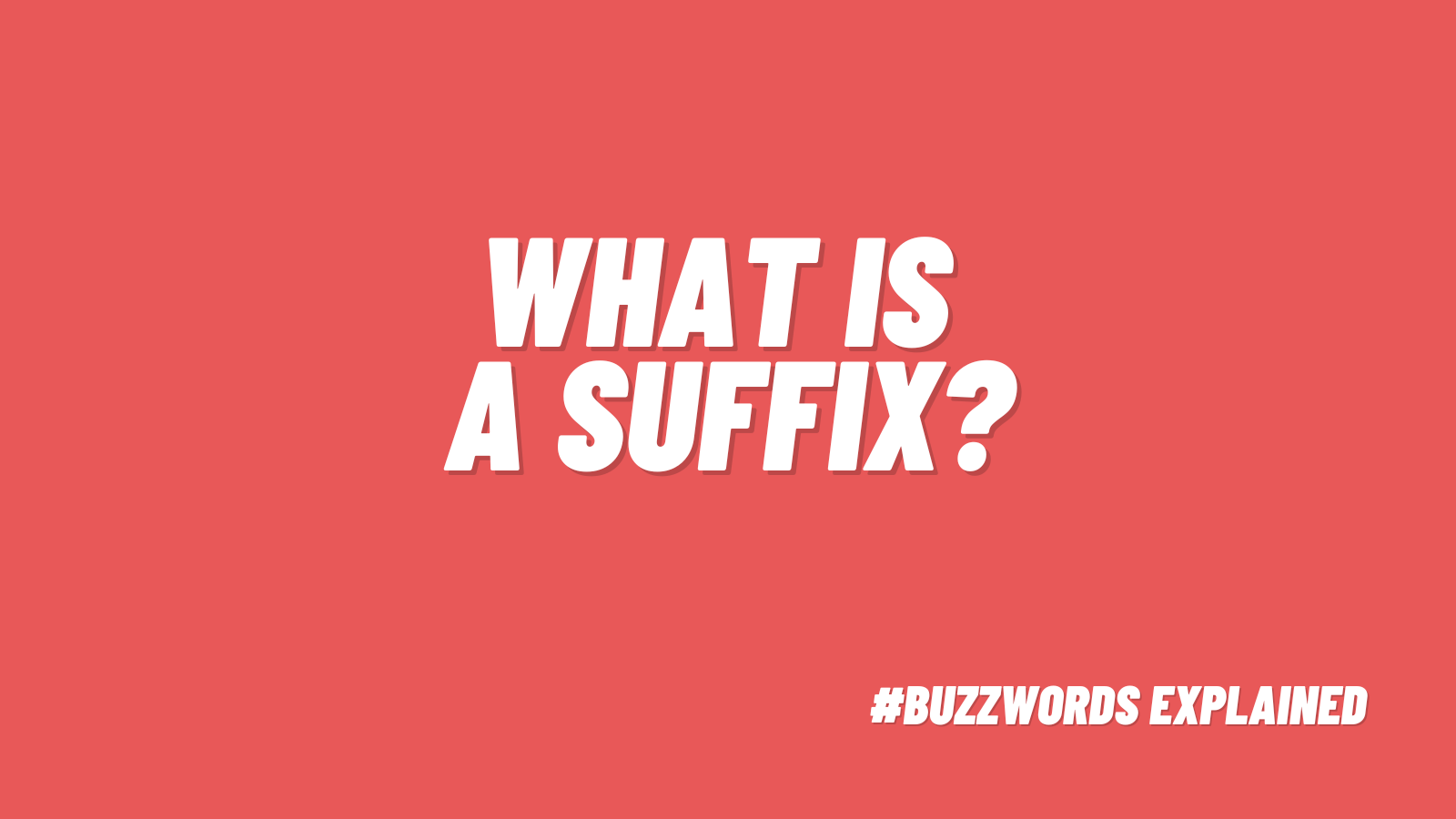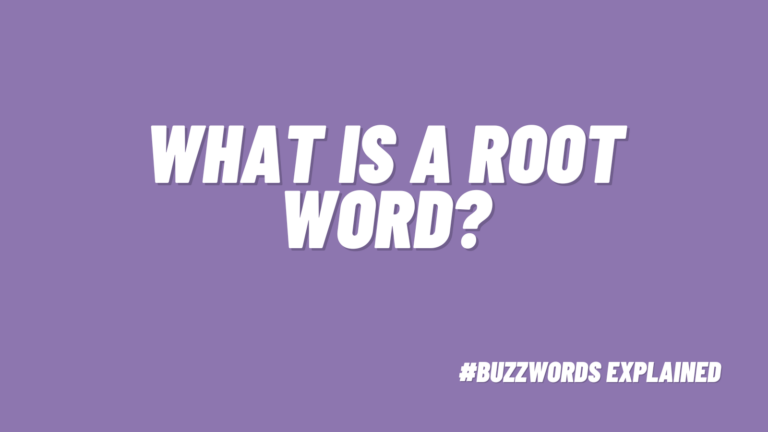A suffix is a letter or group of letters added to the end of a root word, base word, or other suffix to modify or add meaning. Suffix examples are typically taught in word study, both in analyzing the morphology of a word and in how to spell words when suffixes are added. As students learn about suffix examples, their comprehension, vocabulary, spelling abilities, fluency, and confidence will improve.
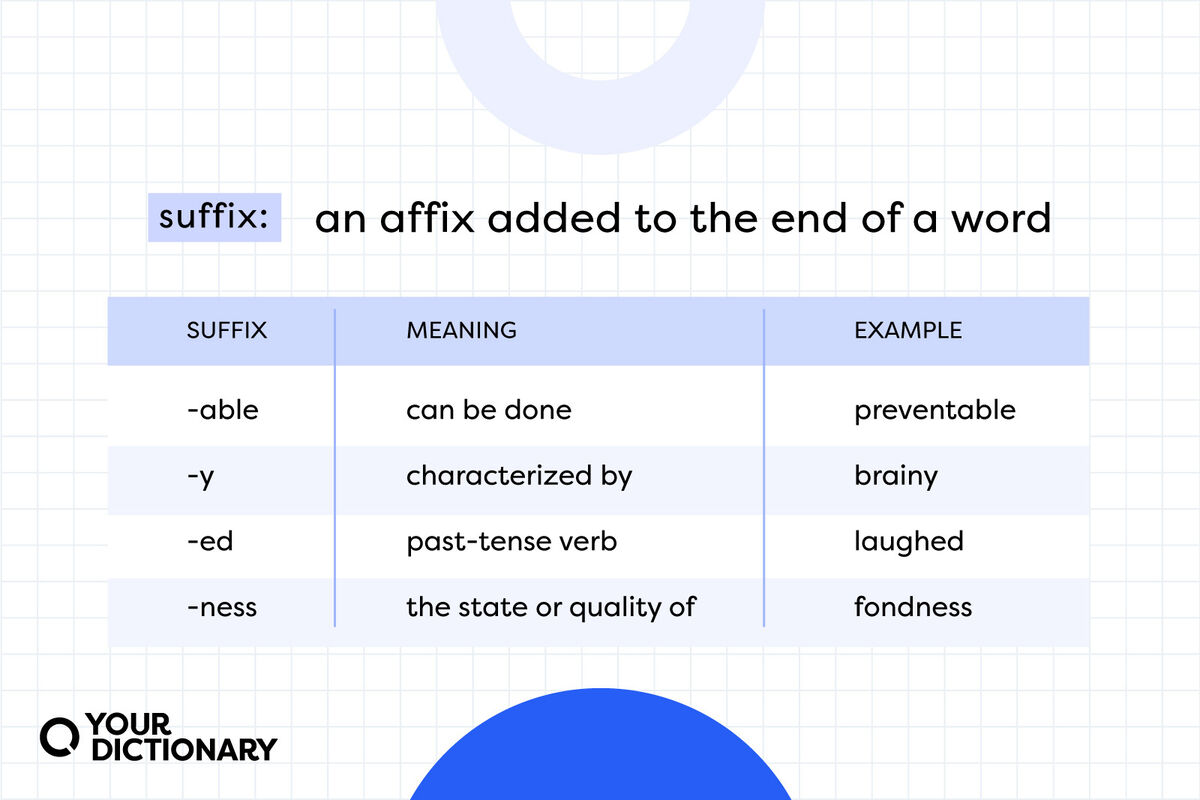
Below we explore the formation of words, the effect of adding suffixes to words, and ways to teach suffixes.
Morphemes
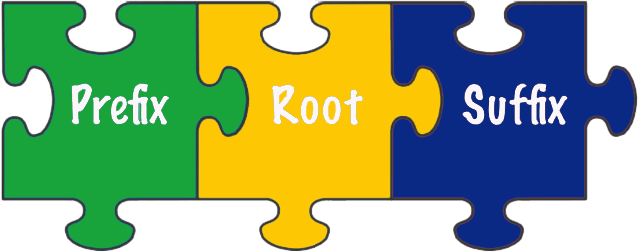
To understand suffixes, let’s first start with how they fit into the bigger picture of morphology. Morphology is the study of the formation of words. Prefixes, suffixes, and root words/base words are morphemes, the smallest units of meaning. For reading, spelling, vocabulary acquisition, and overall comprehension, morphemes are crucial.
Prefixes are affixes added to the beginning of root words, base words, or other prefixes. They typically change the meaning of a word. For example, when the prefix un- (not) is attached to the base word kind, the core meaning of the word changes drastically: un + kind = unkind.
Root words and base words are morphemes that form the foundation of a word. Roots are typically of Greek or Latin origin and usually cannot stand alone as words with meaning without affixes. Base words have meaning without affixes.
Suffixes are affixes added to the end of root words, base words, or other suffixes. Suffix examples mainly affect the word’s part of speech, tense, or plurality. For example, the base word box is a singular noun. By adding the noun suffix -es, the new word becomes plural: box + es = boxes.
Words can be broken down into morphemes and reconstructed into new words. The addition of affixes to root words and base words can create a number of words with related meanings.
Suffixation
Adding suffixes to words creates variety in the English language. Suffixation is the process in which words are formed by attaching suffixes.
Here are some examples of suffixation:
Jump is a present-tense verb. When the suffix -ed is added, the new word jumped becomes a past-tense verb: jump + ed = jumped.
Danger is a noun. When -ous is added as a suffix, the word dangerous becomes an adjective: danger + ous = dangerous.
Peace is a noun. When -ful is added, the word becomes peaceful, an adjective. The adverb suffix -ly can be further added to create a word with two suffixes: peace + ful + ly = peacefully.
Adding suffixes to the end of a word is not always straightforward. Suffixation with suffixes that begin with vowels often changes the spelling of the root word or base word. But regardless if the suffix begins with a vowel or consonant, the suffix spelling will never change.
Common Suffixes in the English Language
Even though they’re small, suffixes can have a huge impact on words. In English, a suffix can indicate whether a word is a noun, verb, adjective, or adverb, the most used suffixes being -s, -ed, –ing, and -es. Below is a list of common suffixes and their meanings, categorized by their part of speech.
Noun Suffixes
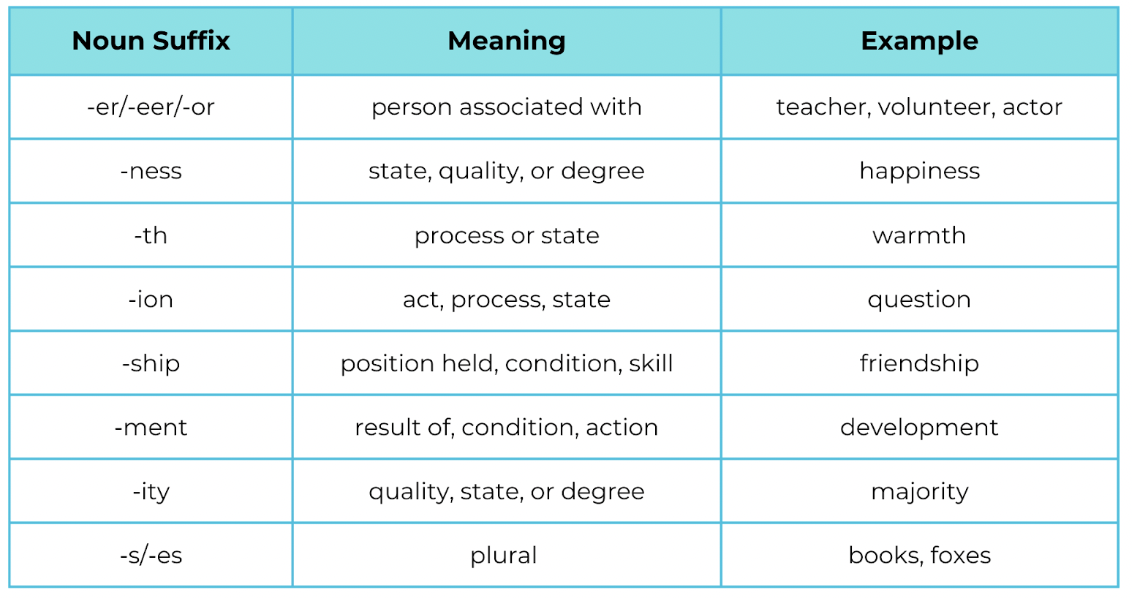
Verb Suffixes
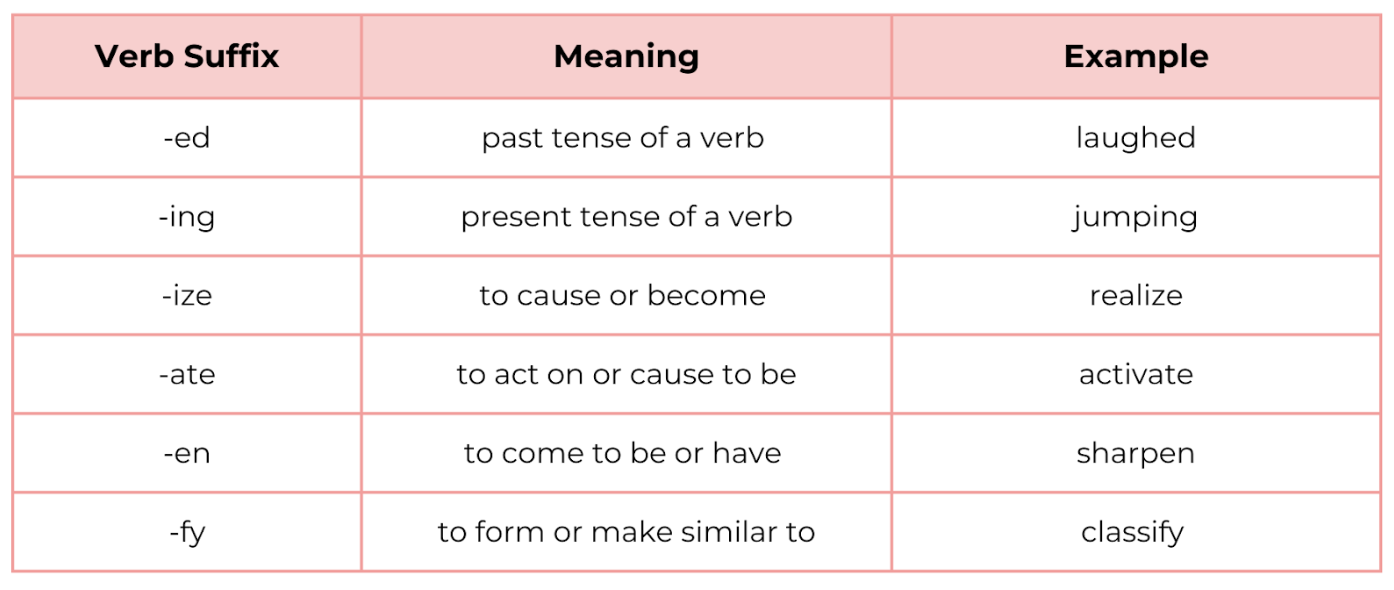
Adjective Suffixes
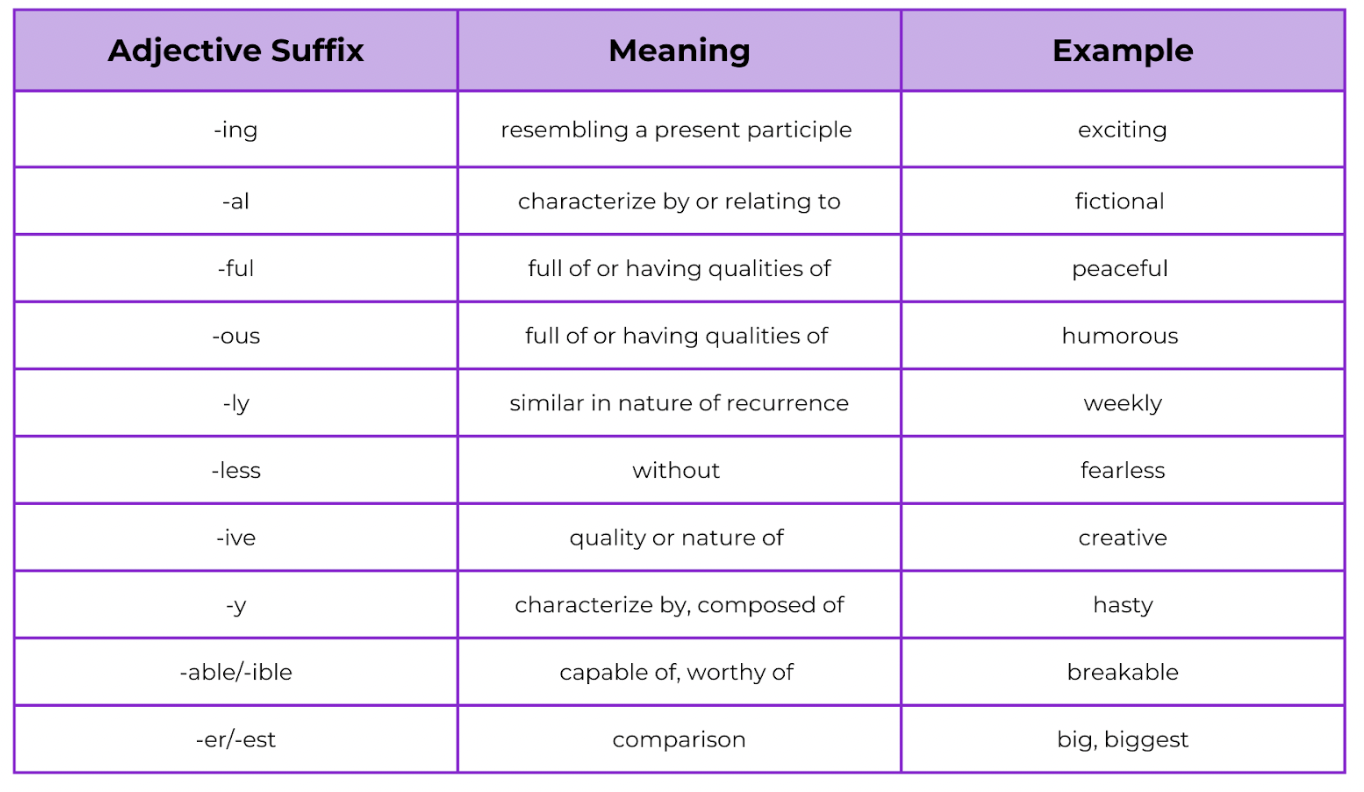
Adverb Suffixes

Ideas for Teaching Suffixes
Knowledge of suffixes can help students understand the meaning of new words they encounter. Using suffixes allows students to alter a word’s grammar, so it’s vital for them to learn the various suffixes and how to use them appropriately. Suffixes can also assist students with spelling, as suffixes change how words are spelled. Here are some ideas on how to teach suffixes.
Picture Books
A great way to introduce or review the concept of suffixes, no matter what age you teach, is to read picture books. Two books to check out are What Is a Suffix by Brian P. Cleary and If You Were a Suffix by Marcie Aboff.
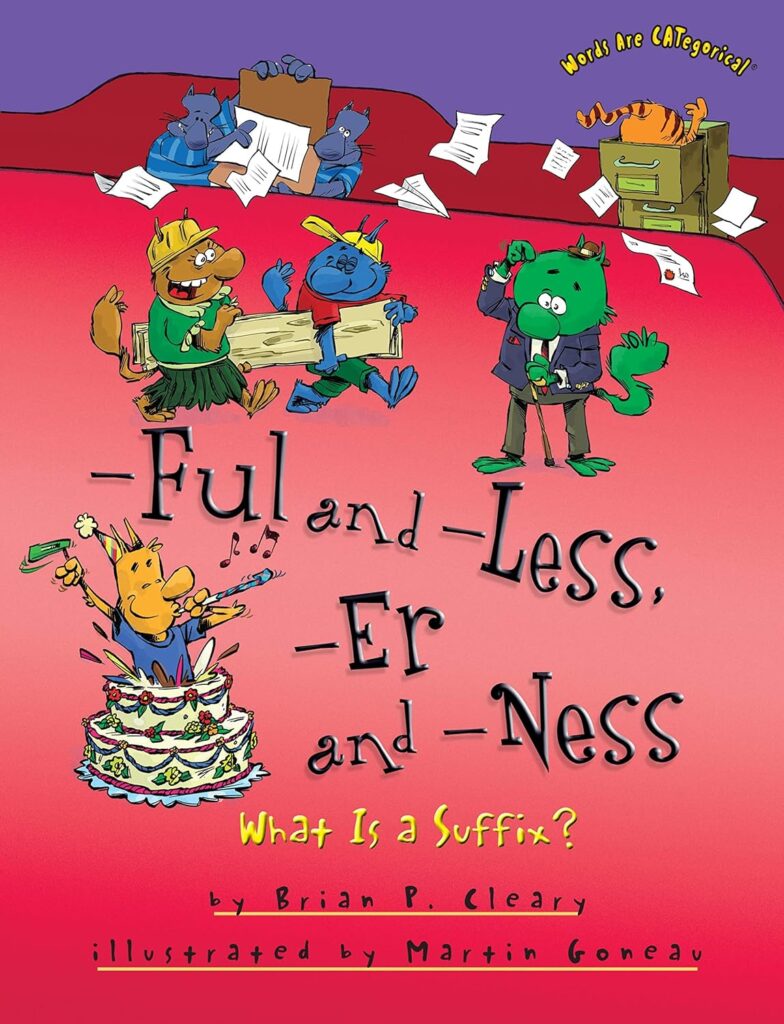
Buy it: What Is a Suffix? on Amazon
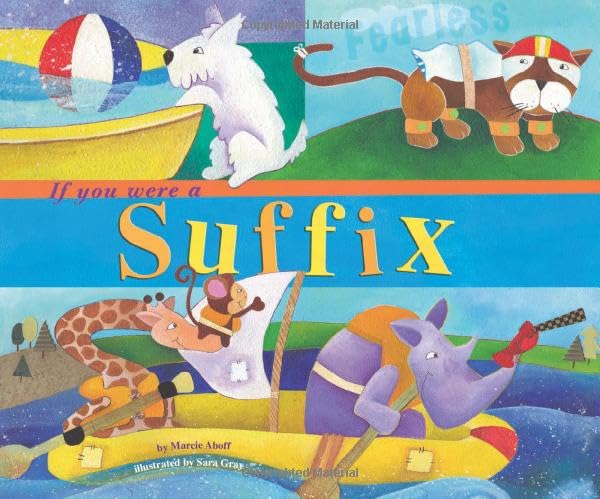
Buy it: If You Were a Suffix on Amazon
Teaching Suffix Spelling
Suffixes cannot always be added without spelling modifications of the root or base word. Grade School Giggles offers great ideas for helping students spell words correctly when adding suffixes.
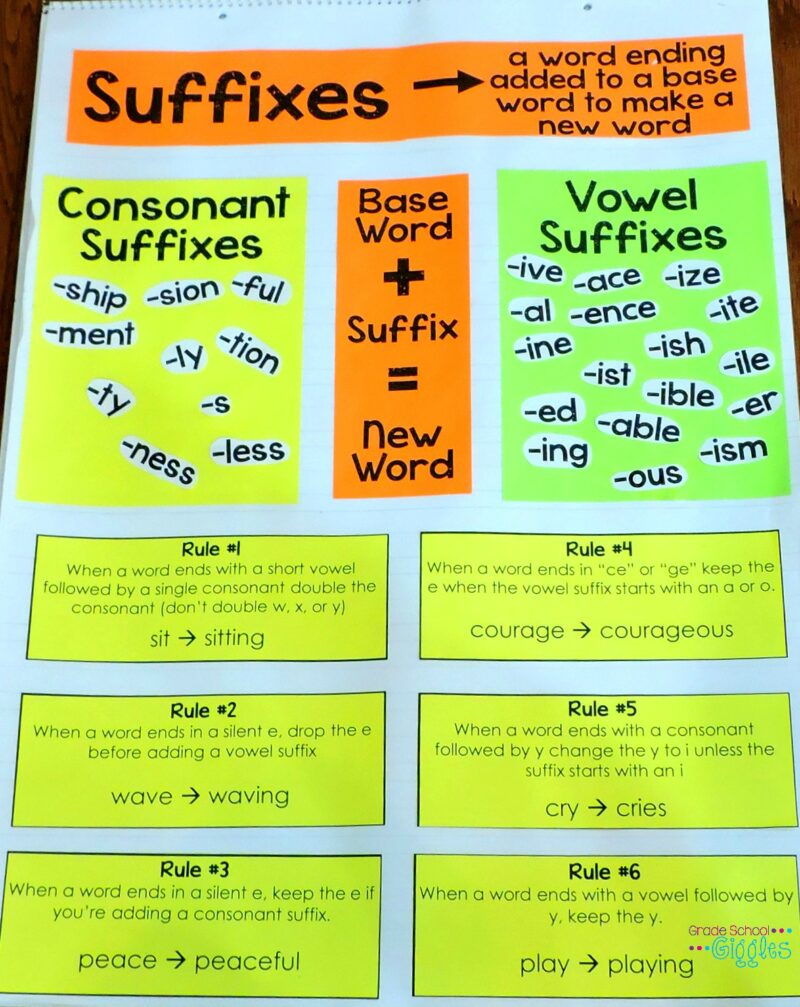
Suffix Puzzles
Students can work collaboratively or individually to complete suffix puzzles.
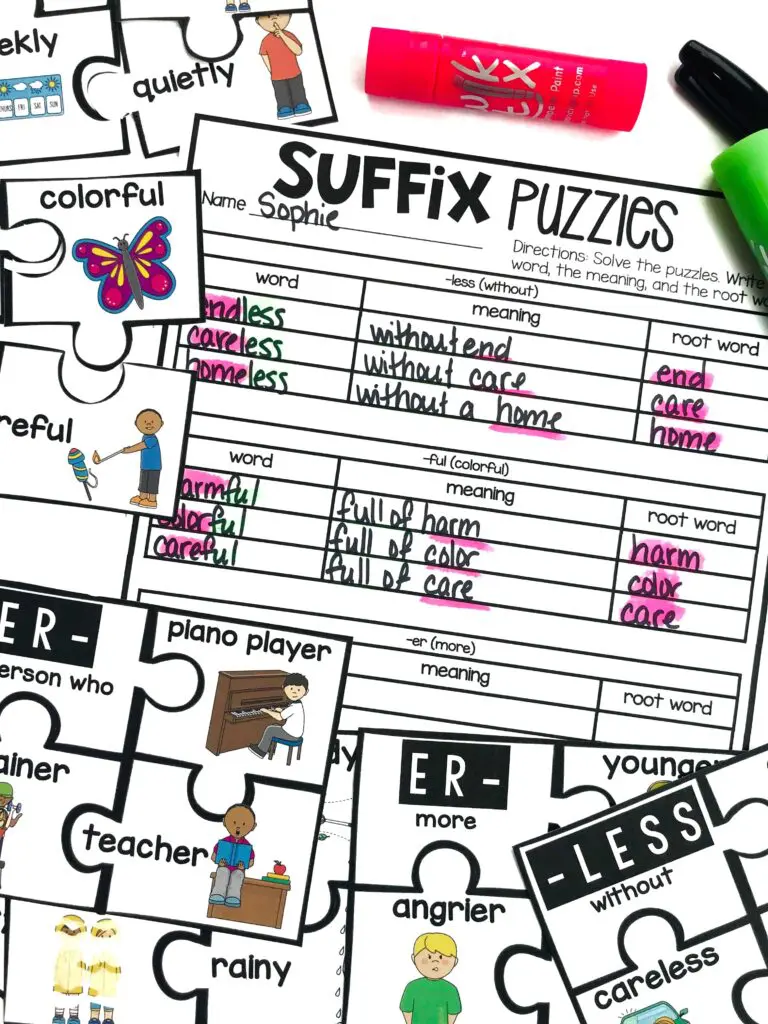
Interactive Anchor Chart
Create anchor charts with color, visuals, and examples to aid students in understanding and remembering suffixes. Use them as a reference or as an interactive activity.
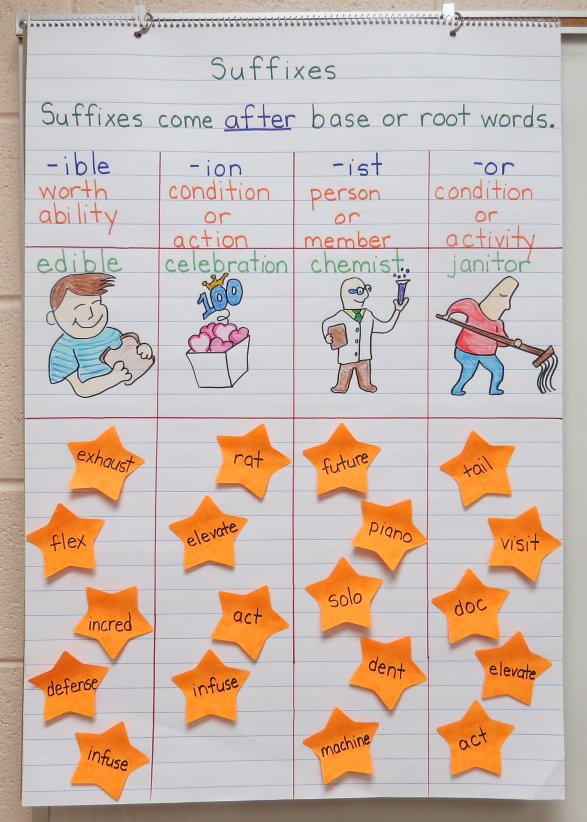
Interactive Notebooks
Using interactive notebooks can help students organize and synthesize ideas. Students can refer back to it, and they can add suffixes to it throughout the year as needed. Using color in notes makes them more creative and easier to organize and visualize information.
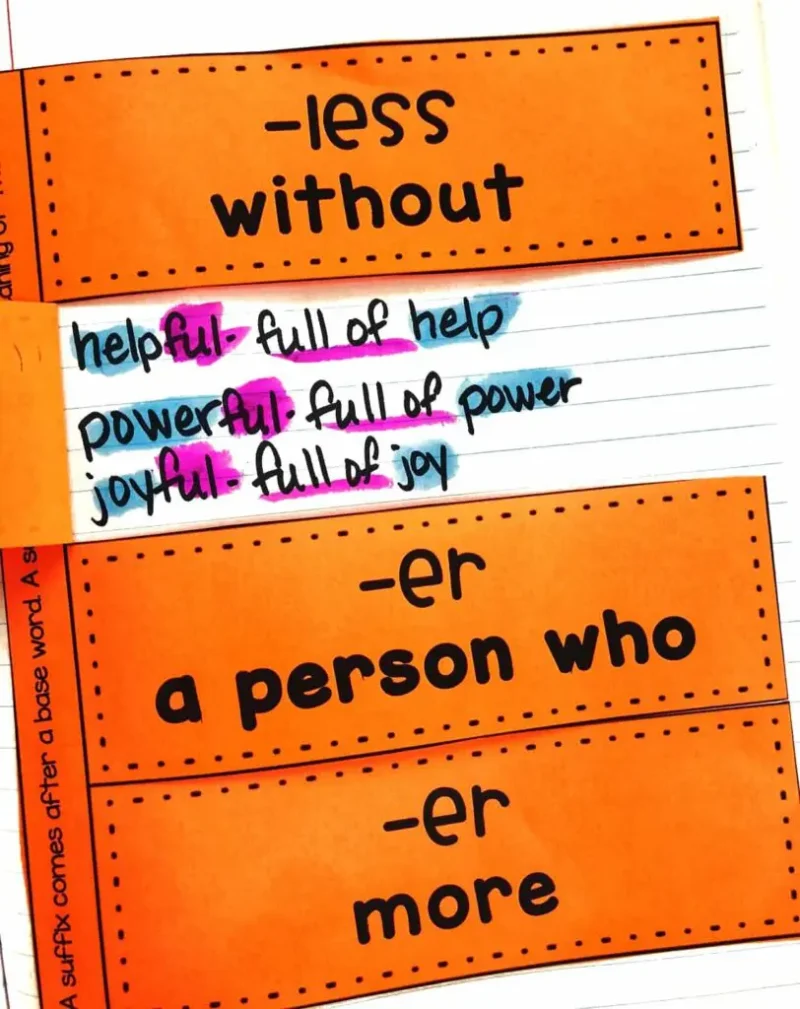
What are your favorite suffix examples and lesson plans? Come share your ideas in the We Are Teachers HELPLINE group on Facebook.
Plus, check out How To Teach Spelling With Word Inquiry!
